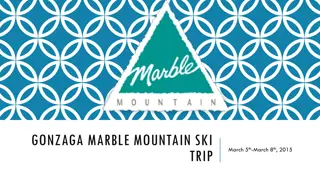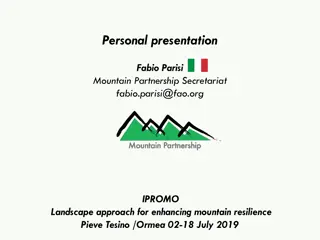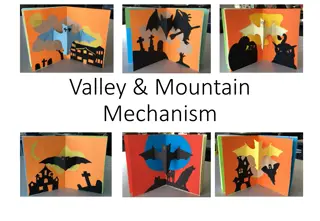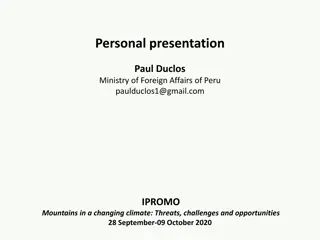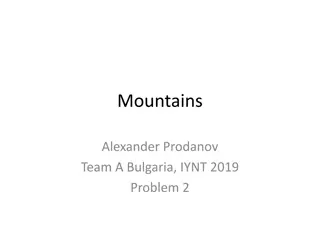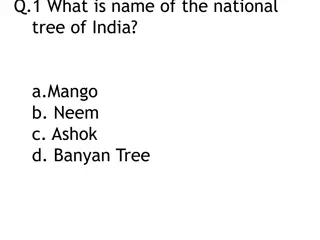Unveiling Mount Everest: The Tallest and Deadliest Mountain
Spectacular Mount Everest, standing at 8,848m in the Himalayas, has challenged adventurers for centuries. Base Camp, the Death Zone, Frostbite risks, and the role of Sherpas in expeditions make Everest a formidable yet alluring destination where over 300 have tragically lost their lives.
Download Presentation

Please find below an Image/Link to download the presentation.
The content on the website is provided AS IS for your information and personal use only. It may not be sold, licensed, or shared on other websites without obtaining consent from the author.If you encounter any issues during the download, it is possible that the publisher has removed the file from their server.
You are allowed to download the files provided on this website for personal or commercial use, subject to the condition that they are used lawfully. All files are the property of their respective owners.
The content on the website is provided AS IS for your information and personal use only. It may not be sold, licensed, or shared on other websites without obtaining consent from the author.
E N D
Presentation Transcript
Mount Everest The spectacular Mount Everest is the world s tallest mountain. It is a staggering 8,848 m tall! It is located in the Himalayan mountain range, between the countries of Tibet and Nepal. Mountaineers and adventurers have attempted to reach its summit for centuries. It was not until the 20th century that this tremendous feat was achieved.
Weather on Everest The weather on Mount Everest is very changeable. There are powerful storms with sharp winds, blizzards and avalanches. The glare from the sun shining on the snow can cause snow blindness.
Base camp The starting point for mountaineers is at Base Camp, located at a height of 5,455 m. Yaks are used to carry equipment and supplies up to Base Camp. Most climbers set off to reach the summit in May, when the temperatures are most favourable.
Death zone Once climbers reach 8,000 m, they enter the death zone . At this altitude, the air becomes very thin. The brain receives less oxygen, which can cause climbers to become confused, sleepy, weak and nauseous. This is called altitude sickness.
Frostbite Some climbers experience frostbite. This is caused by extreme cold and can result in the loss of fingers, toes or a nose.
Crevasses There are glaciers on Everest with crevasses up to 45 m deep. Climbers must lay a ladder over a crevasse to cross it.
Deaths Sadly It is estimated that more than 300 people have perished on Mount Everest. It is likely that most of them made it to the summit, but died during the descent. The bodies of at least 100 people are still on the mountain.
The Sherpa people The majority of mountaineers who attempt to climb Everest rely on the help and guidance of Sherpas. The Sherpa people are a group of around 150,000 people, who speak a language called Sherpa. Some Sherpas are famous for their mountaineering and trekking skills.
The Sherpa people The Sherpa people live in the foothills and valleys of the Himalayas in Nepal. They have always been a mountain-dwelling people, so they are well suited to high altitudes. They believe the Himalayas to be the home of the gods. Their name for Everest is Chomolungma, meaning Goddess Mother of Mountains .
Andrew Irvine and George Mallory British mountaineers Andrew Irvine and George Mallory set out to reach the summit of Everest on 8 June 1924. No one knows if they made it or not, because they never returned. Between 1924 and 1953, there were seven more attempts to conquer Mount Everest, but all were unsuccessful
Andrew Irvine and George Mallory Mallory s body was found by an American mountaineer in 1999. Irvine s body has never been found, but his ice axe was found roughly 240 m above Mallory s body. Based on the location of the axe and a rope found tied around Mallory s waist, the pair are thought to have died in a fall.
Tenzing Norgay and Edmund Hillary At long last, climbing duo Tenzing Norgay, a Sherpa, and Edmund Hillary, a New Zealander, became the first people to reach the summit of Everest. The achieved this amazing feat on 29 May 1953 at 11.30 am. The two men had been part of a group, but the others had to turn back because of problems with their oxygen tanks.
Tenzing Norway and Edmund Hilary Norgay and Hillary were only able to spend ten minutes at the summit, because they were worried about running out of oxygen. They hugged, took photographs as proof, buried some items in the snow and started the long, treacherous descent.
Tenzing Norway and Edmund Hilary When Norgay and Hillary returned from Everest, they were greeted as heroes. Hillary received a knighthood, making him Sir Edmund Hillary.
Secrets of their success Having up-to-date equipment, including reliable oxygen tanks, rubber walkie-talkies, good climbing boots and vacuum-packed food made it possible for Norgay and Hillary to succeed where others had failed. Hillary also said that willpower, courage and imagination were equally as important.
Illustrations Shutterstock





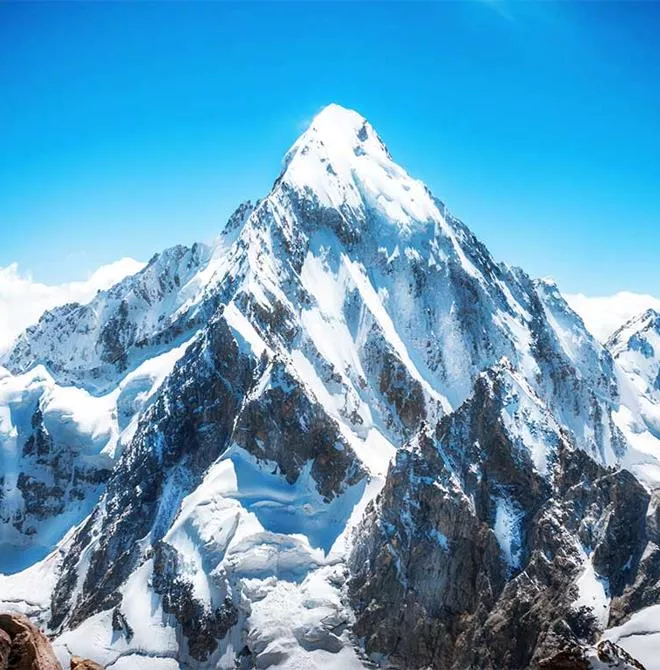



![[PDF READ ONLINE] Mountain Claiming (BIG-Secrets of Mountain Men Book 3)](/thumb/42287/pdf-read-online-mountain-claiming-big-secrets-of-mountain-men-book-3.jpg)




